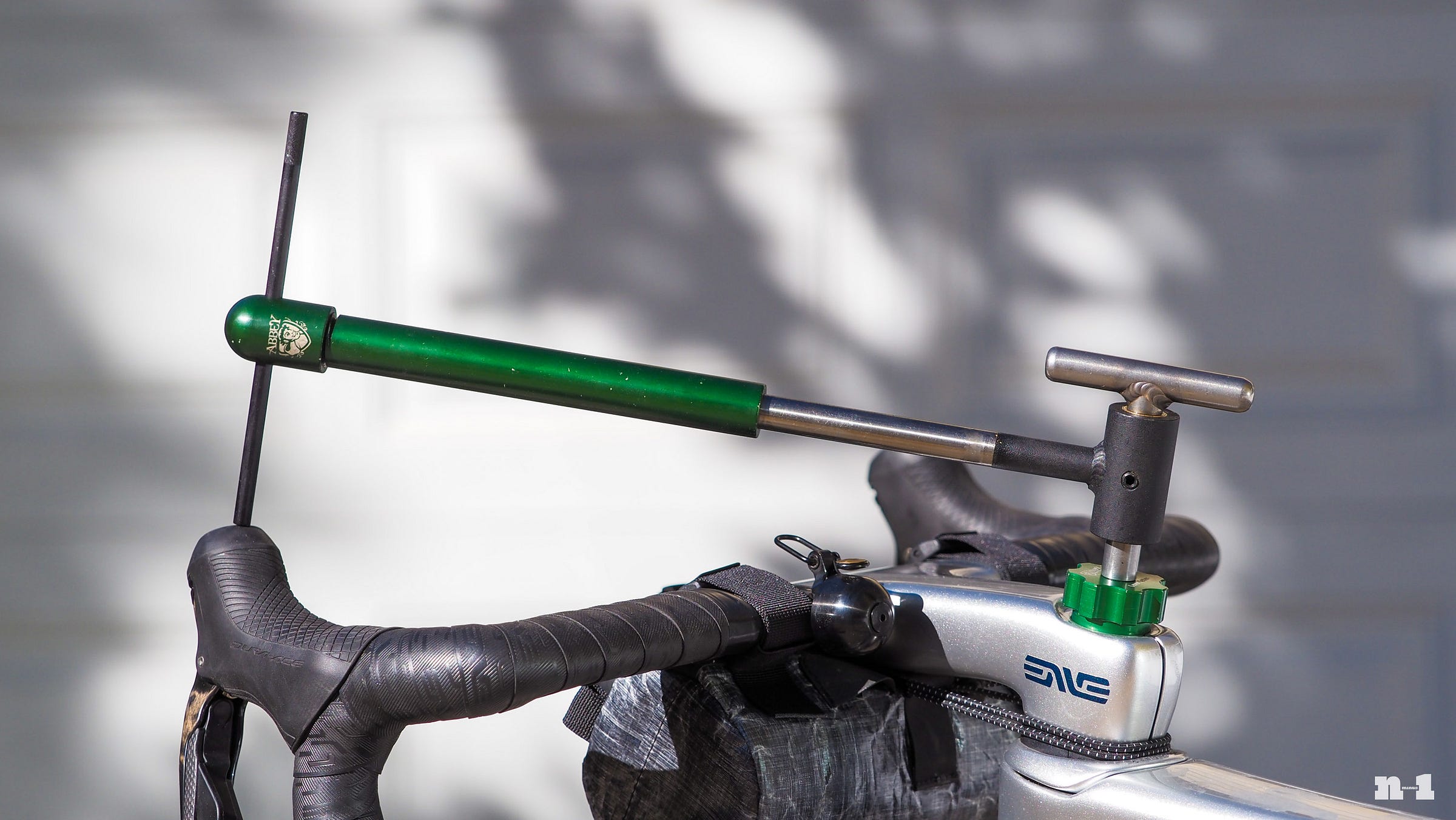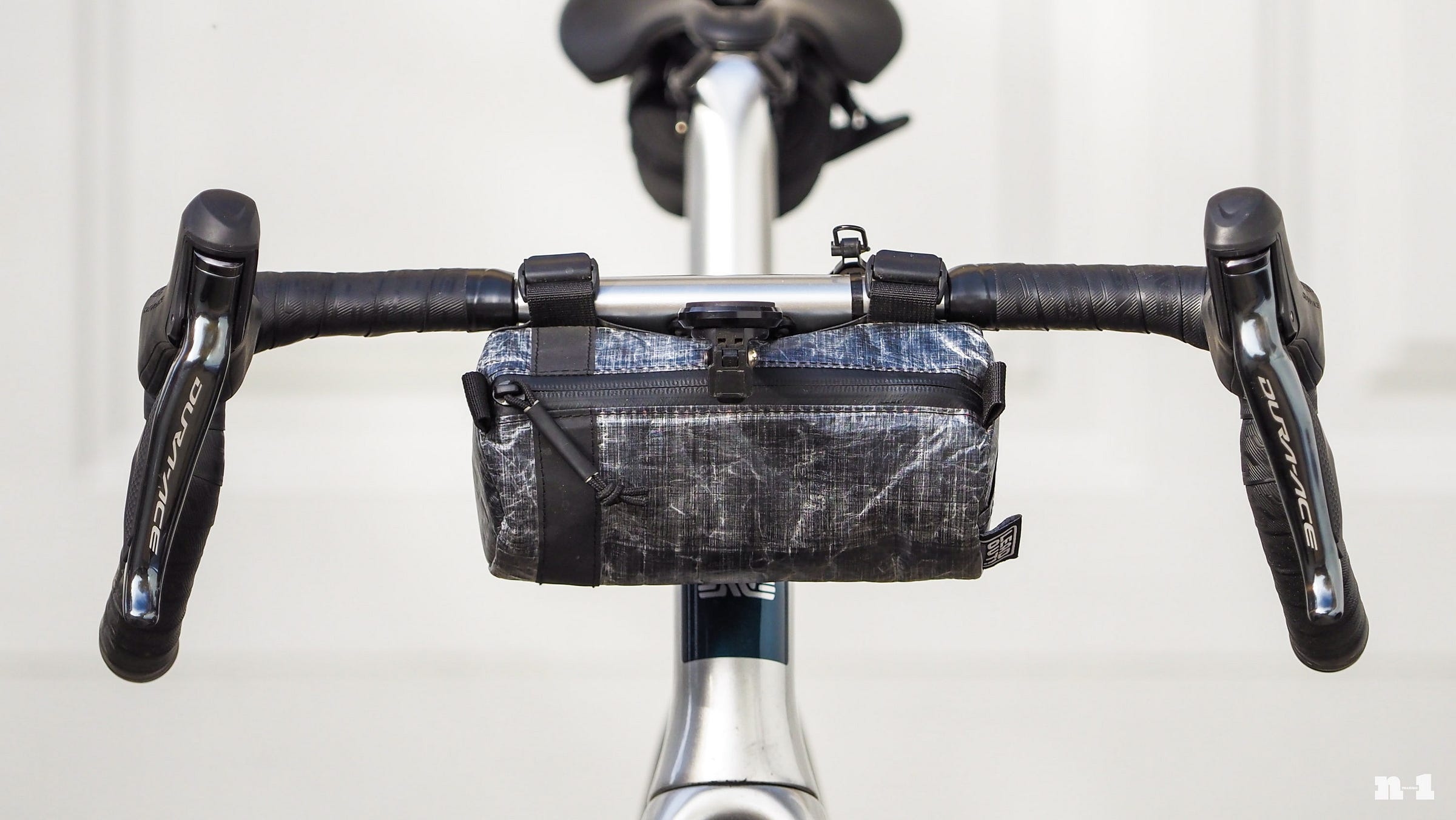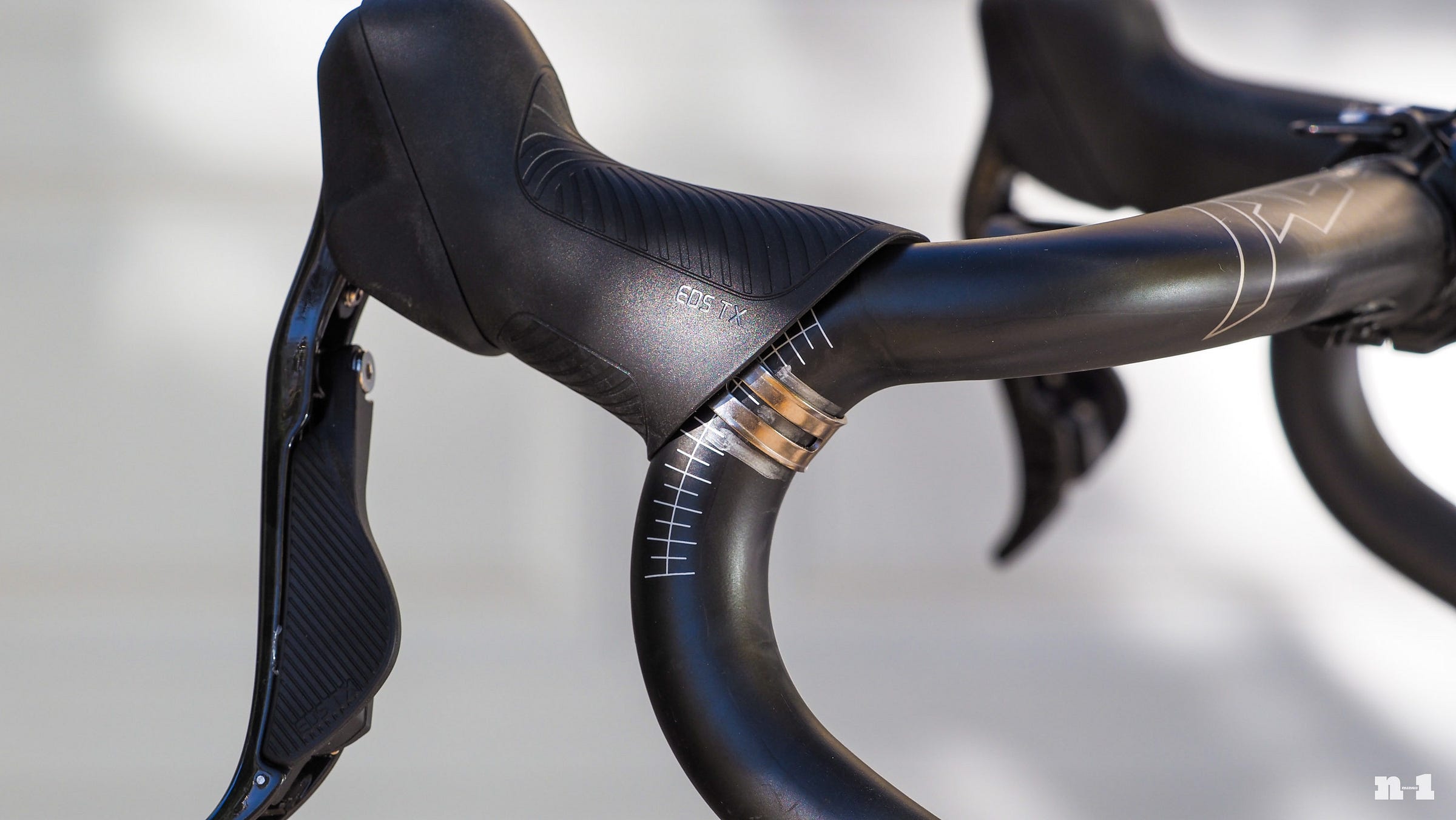One challenge when it comes to the drop handlebars is getting both levers perfectly even with each other. Ever head out for a road or gravel ride and just feel like something up front is… off? It doesn’t take much of an imbalance in where your hands sit for things to seem wonky, and while bike brands and mechanics generally do a pretty good job of this from the factory, no one’s perfect 100% of the time.
I’m a strong proponent of having the proper tool for the job, and it only takes one or two bad experiences to learn that it’s oftentimes more economical to just do things the right way straight from the get-go instead of taking an unnecessary shortcut. However, I’m an even bigger fan of simple solutions that are equally effective, and when one presents itself that only requires about ten bucks in common hardware store materials and a good set of eyeballs instead of multiple times that in specialty equipment, count me in.
It’s all about the symmetry
It wasn’t long ago that most mechanics went about this the same way: you’d install the levers on the bar by themselves (before installing the bar on the bike), set the assembly on a bench top (or other flat surface), and then adjust the position of one or both levers to make sure the ends of the bar and the ends of the brake lever blades all sat flat, sort of like tweaking a four-legged table at a restaurant so it doesn’t wobble. That method wasn’t foolproof (drop handlebars – especially aluminum ones – aren’t always perfectly symmetrical) but it was quick and easy, and at least better than eyeballing it.
Modern bikes aren’t nearly as conducive to such a procedure – if for no other reason than the pesky hydraulic hoses that are usually attached – so more precise methods and tools have been introduced in recent years. Most notable is the Abbey Bike Tools Lever Setter, a clever little aluminum widget that temporarily replaces your headset top cap and allows you to use a rear derailleur hanger alignment tool – preferably an Abbey one, of course – as a gauge to measure lever height.
Having used that setup countless times in my own workshop, I can attest that it’s a highly effective and precise tool that does exactly what it’s supposed to do. In just a few minutes, you’ve got perfectly symmetrical levers each and every time.
I would consider Abbey’s Lever Setter and Hanger Alignment Gauge to be the gold standard, but together they cost nearly US$250 / AU$450 / £285. Alternatives from other reputable brands that are less fancy but still suitably functional can still run into the triple-digits, and while knock-offs can – of course – be found for much less, they can also be saddled with questionable accuracy.

Let’s say you’re not really interested in any of these options, but still want to make sure your levers are even. Perhaps you’re averse to the idea of spending money on a specialty tool, or maybe just don’t want to pack even one more thing into your already overstuffed toolbox.
Thankfully, a solution exists that requires nothing more than a decent local hardware store and some keen eyesight.
The eyes have it
Most of us aren’t very good at judging when two lines are perfectly perpendicular (hey, is that stem actually straight?), nor are we particularly amazing at discerning when two lines are parallel, either. The method I’ve been using only requires you to visually compare the distance between one side vs. the other, though, and it could hardly be more straightforward.
Keep reading with a 7-day free trial
Subscribe to n-1 to keep reading this post and get 7 days of free access to the full post archives.




